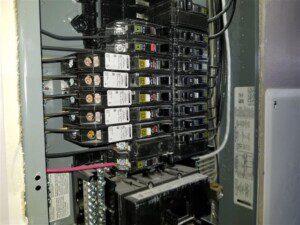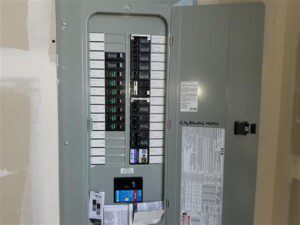Safety devices in homes have come in many forms over years, some of which are relatively inexpensive and require only small modifications to existing hardware to put in place. However, these changes can have a significant impact on the safety and well-being of a home’s occupants and create a safer environment to call home.

An AFCI is an advanced detection system that turns off a circuit when an unsafe electrical arc is detected. AFCI’s can tell the difference between a normal arc (such as a vacuum or furnace motor turning on or off) and an abnormal and dangerous arc. While arcing can be intentional (such as with an arc welder) arc faults are an unintended arc flowing through an unplanned path. These can reach extreme temperatures that exceed 10,000 degrees Fahrenheit, a temperature similar to the surface of the sun. This can quickly ignite wood and insulation near the arc fault, which are common items inside a home near electrical wiring.

In recent years, AFCI’s have become standard in almost every living area of a home such as bedrooms, living rooms, kitchens, and other areas. Like GFCI’s, Arc Fault Circuit Interrupters work constantly and silently to protect occupants from the hazards surrounding arc faults and the fires they can cause. With over 40,000 fires being attributed to electrical sources every year, resulting in more than 1,400 injuries and 300 deaths, AFCI’s are a critical electrical safety device to have in place in homes both new and old.
